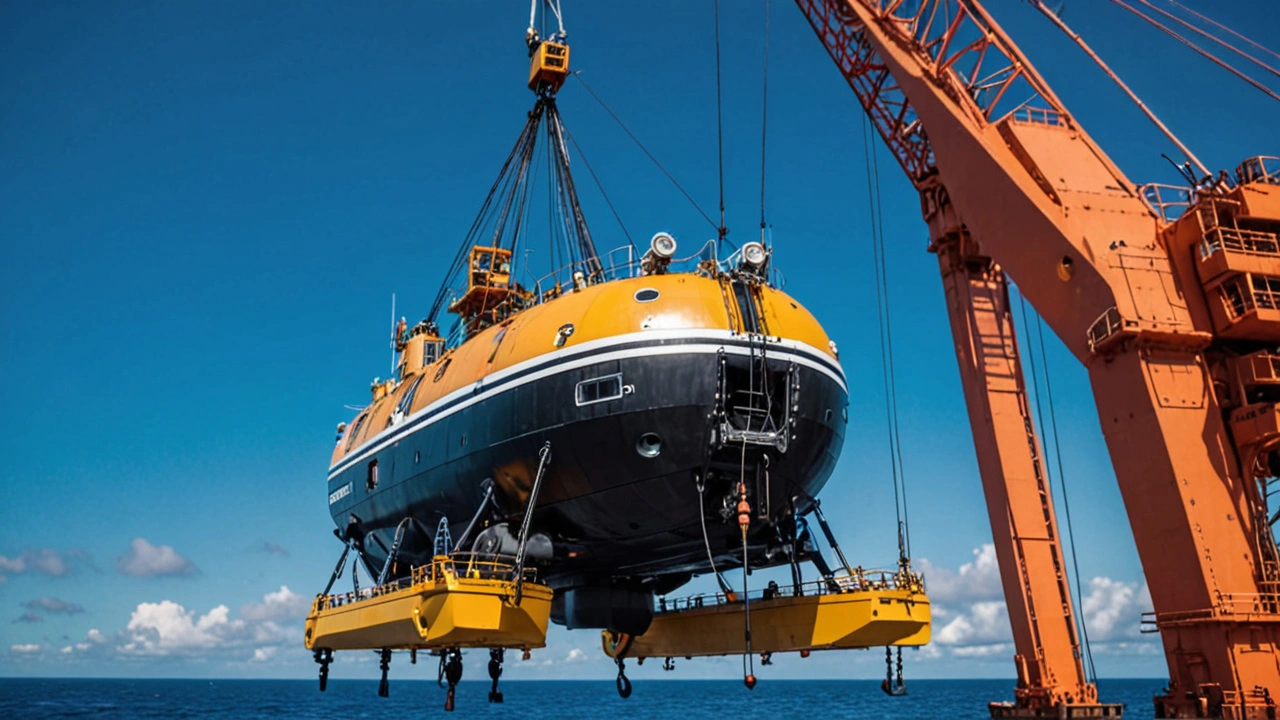Submersible tragedy: what it means and why it matters
A submersible tragedy is one of the worst outcomes in underwater travel: a craft built to carry people beneath the sea fails, often with little chance to rescue those on board. These events grab headlines because they mix high tech, huge risks, and human stories. If you want simple, reliable info—how these accidents happen, why rescue is so hard, and what to watch next—you’re in the right place.
How these accidents happen
Most fatal submersible incidents come down to one of a few clear problems: hull failure from extreme pressure, a propulsion or power failure that leaves the crew unable to surface, or human and maintenance errors that cascade into disaster. At deep depth, water pressure is crushing. A small design or material flaw can cause an instant implosion. Other times, batteries or systems fail and the craft drifts beyond the range where a surface vessel can help.
Regulatory gaps and experimental designs also matter. Some tourist or research submersibles are built with novel materials or pushed to greater depths than older safety rules anticipated. When paperwork, independent inspections, or transparent test results are missing, the risk grows.
Why rescue is often impossible
Rescue challenges are blunt and practical. Deep-sea rescues depend on timing, location, and specialized ships and vehicles. If a submersible loses power at extreme depth, time runs out fast because life-support supplies are limited. Even locating a lost craft can take days; strong currents and limited tracking make searches slow. Remotely operated vehicles (ROVs) can help, but they need a support ship and clear weather. At great depths, the window for a successful rescue is tiny.
International coordination matters too. A ship from one country might need clearance to operate, while experts and equipment could be coming from far away. That delay can be fatal.
What happens after an accident is usually a formal investigation. Authorities will look for telemetry, design documents, maintenance records, and witness testimony from the crew of the support vessel. Independent engineers often test recovered parts. Lawsuits, new safety rules, and industry changes typically follow these probes.
On this tag at Africa Daily Dispatch we gather news, technical explainers, legal updates, and survivor or family perspectives when available. Expect clear reporting of official findings, short explainers about technical terms, and updates on any policy or industry responses.
If you’re following a specific incident, prioritize official sources: coast guards, accident investigation boards, and accredited technical experts. Social media can spread early leads, but official reports and certified investigators give the facts you can trust.
Want regular updates? Bookmark this tag and check our short explainers after each official briefing. We’ll focus on what changed, what investigators found, and what it means for safety rules and future dives.
Memorial to be Held for Titan Victims by New Titanic Expedition Crew
A year after the tragic Titan submersible disaster during an expedition to the Titanic wreck site, a new crew plans to hold a memorial for the five victims. The ill-fated journey's loss is honored as the U.S. Coast Guard continues its investigation.
